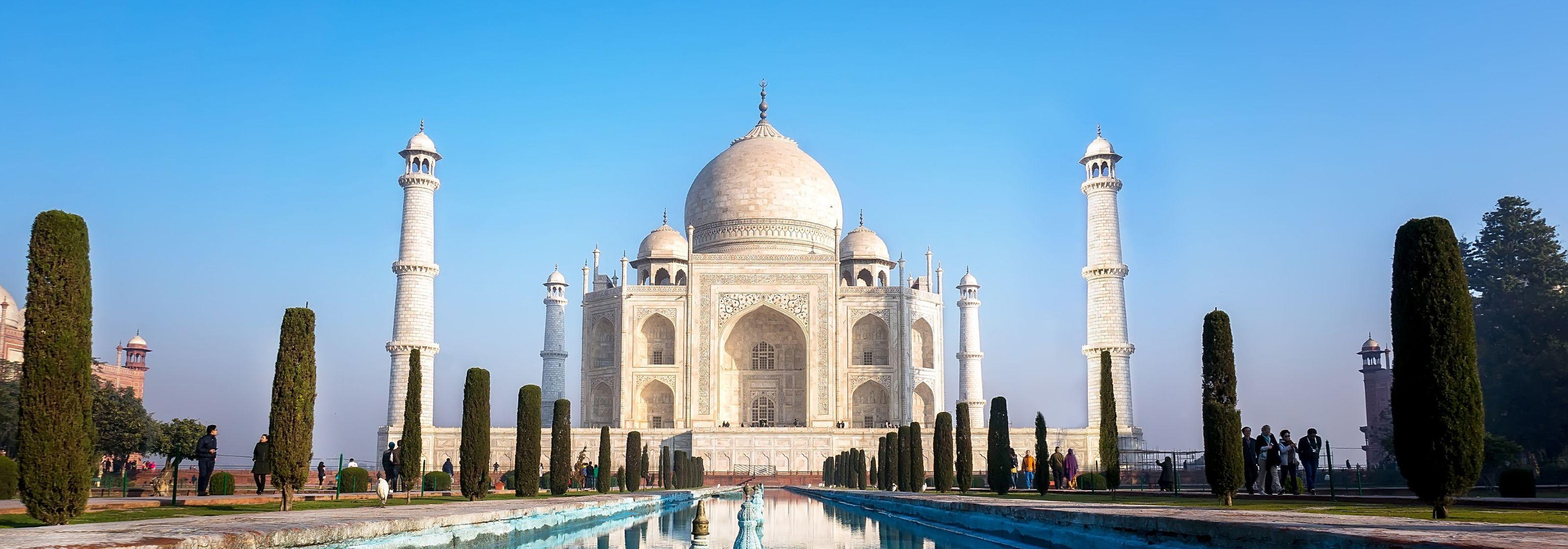
Tour with Expert
Visit Agra City Sightseeing Tour Package with
Reasonable Prices!
Reasonable Prices!
Jaipur Tempo Travller is a team of Professional best cab service in Jaipur from drivers who have received proper training is something you can expect from a reputable cab service at any moment you need a ride.
Agra, located in the northern state of Uttar Pradesh, is one of the most iconic cities in India, globally recognized for its stunning architectural marvels, particularly the Taj Mahal, a UNESCO World Heritage site. Rich in history and culture, Agra served as the capital of the Mughal Empire for several centuries, which bestowed the city with grand monuments, gardens, and mosques. Today, Agra is not only a hub for tourism but also a vibrant city known for its traditional crafts, cuisine, and a deep-rooted cultural heritage. Situated on the banks of the Yamuna River, Agra’s timeless beauty is a perfect amalgamation of Mughal grandeur, Persian influences, and Rajasthani artistry. From its stunning architectural sites to its vibrant bazaars, Agra offers a rich travel experience for history buffs, architecture lovers, and culture enthusiasts alike.
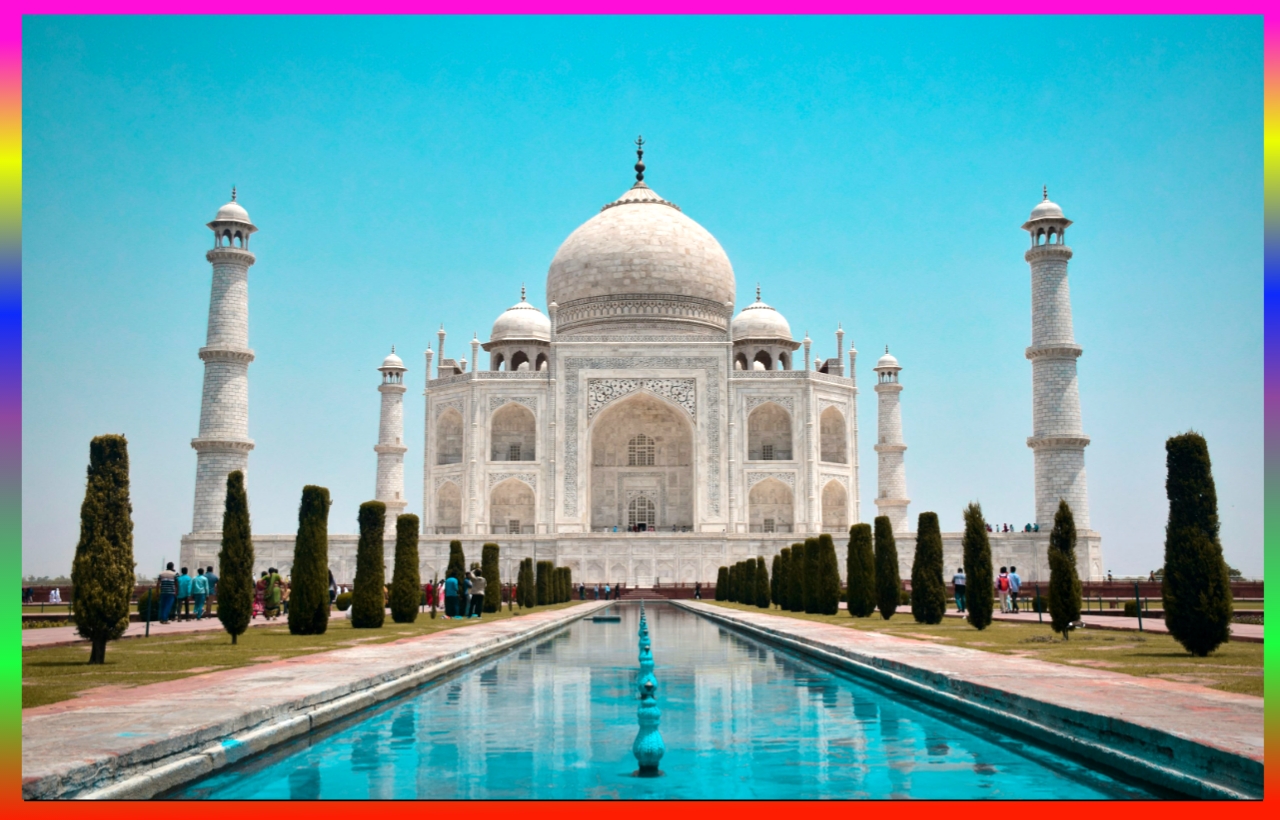
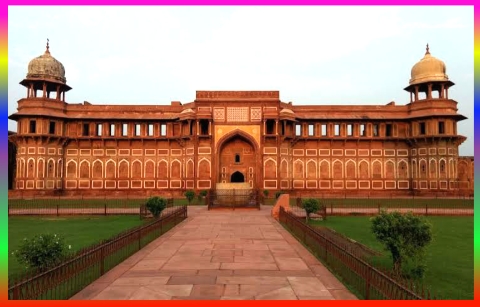
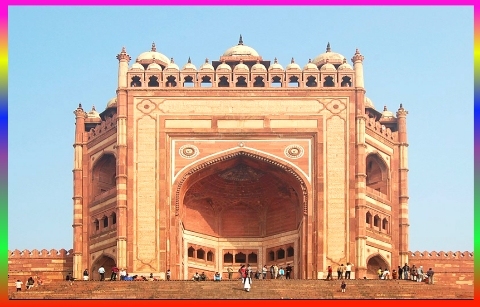
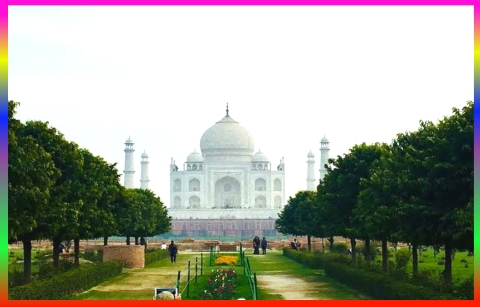
History of Agra
Agra's history is intricately linked with the rise and fall of the Mughal Empire. Although the city finds mentions in Mahabharata as Agravana, its real prominence came during the Mughal era. The Sultan of Delhi, Sikandar Lodi, established Agra as his capital in the early 16th century, but it was during the reign of the Mughal emperors—Babur, Akbar, Jahangir, and Shah Jahan—that Agra flourished as a center of power, culture, and architecture.
Akbar the Great (1556–1605) was the first Mughal emperor to make Agra his capital, and it was under his reign that the city became a cultural hub. He commissioned the construction of Fatehpur Sikri, located on the outskirts of Agra, which briefly served as the Mughal capital. However, it was Shah Jahan, Akbar’s grandson, who immortalized the city by building the Taj Mahal in memory of his wife, Mumtaz Mahal. The Mughals left behind an indelible architectural legacy that defines Agra today, with monumental buildings like the Agra Fort and Itmad-ud-Daulah’s Tomb adding to the city’s historical grandeur.
.jpg)
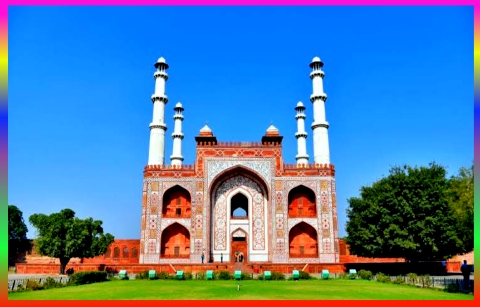
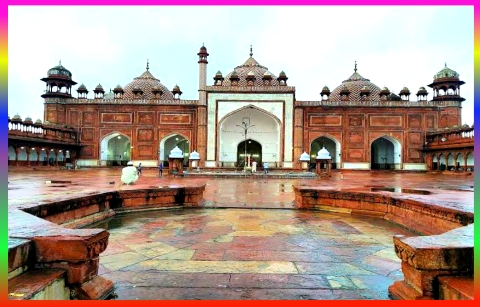
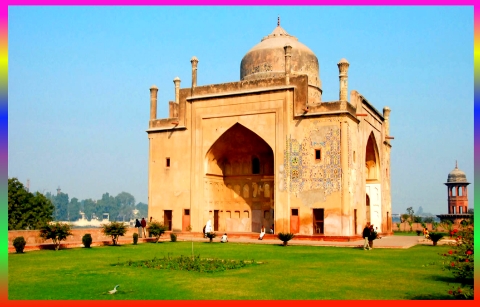
Culture of Agra
The culture of Agra is a unique blend of Mughal traditions, Hindu customs, and modern influences. Agra has a long-standing history of being a cultural and intellectual center, known for its contributions to music, arts, poetry, and architecture. The Mughals were great patrons of the arts, and this legacy is still alive in the city’s music, dance forms, and literary traditions.
Mughal architecture and craftsmanship continue to be celebrated in the local arts, especially in the production of Pietra Dura (intricate inlay work), zardozi embroidery, and marble handicrafts. The local markets are a treasure trove of handmade artifacts, carpets, and leather goods, for which Agra is famous worldwide.
Agra's culinary scene is deeply influenced by Mughal flavors, with meat-based dishes like tandoori, kebabs, mutton korma, and pulao being the highlights. The city's famous petha (a sweet made from ash gourd) and bedai with aloo sabzi (a local breakfast dish) are must-tries for food lovers.
Agra celebrates a range of festivals, including Diwali, Holi, and Eid, reflecting its diverse cultural fabric. The Taj Mahotsav, an annual 10-day festival, is one of the most anticipated events in the city, showcasing local arts, crafts, dance, and music, along with an extensive food festival.
Places to Visit in Agra
1. Taj Mahal
The Taj Mahal is not just the most famous landmark in Agra but one of the most recognized monuments in the world. Built by Shah Jahan between 1632 and 1653 in memory of his beloved wife Mumtaz Mahal, this white marble mausoleum is a symbol of eternal love. The monument, with its stunning Persian, Indian, and Islamic architectural influences, is a marvel of symmetry, with intricate Pietra Dura inlay work adorning its walls. The Taj Mahal stands on the banks of the Yamuna River, and the reflection of the monument in the water adds to its breathtaking beauty.
Visiting hours: 6:00 AM to 6:30 PM (Closed on Fridays)
Entry fee: INR 50 (for Indian nationals), INR 1100 (for foreign tourists)
2. Agra Fort
Also known as the Red Fort of Agra, this massive fortress was built by Akbar in 1565 and later enhanced by his successors. The fort is an imposing structure, primarily built of red sandstone, and served as the royal residence of the Mughal emperors. Within the fort, you’ll find palaces like the Jahangir Mahal, Khas Mahal, and Sheesh Mahal, as well as the stunning Diwan-i-Am and Diwan-i-Khas, where the emperor would meet with the public and his ministers.
Visiting hours: 6:00 AM to 6:00 PM
Entry fee: INR 50 (for Indian nationals), INR 650 (for foreign tourists)
3. Fatehpur Sikri
Located about 37 km from Agra, Fatehpur Sikri was the capital of the Mughal Empire during Akbar’s reign. This city, built entirely of red sandstone, is a UNESCO World Heritage Site and an outstanding example of Mughal town planning. Key attractions here include the Buland Darwaza, the Jama Masjid, the Tomb of Salim Chishti, and the Panch Mahal. Despite being abandoned due to a scarcity of water, the city’s architectural grandeur remains intact.
Visiting hours: Sunrise to Sunset
Entry fee: INR 50 (for Indian nationals), INR 610 (for foreign tourists)
4. Itmad-ud-Daulah’s Tomb
Known as the "Baby Taj," Itmad-ud-Daulah’s Tomb is a precursor to the Taj Mahal and is one of the most beautiful Mughal tombs in Agra. Built by Nur Jahan, the wife of Emperor Jahangir, for her father, the tomb is adorned with intricate Pietra Dura work and is set in a peaceful garden. The white marble structure, along with its delicate inlays of semi-precious stones, makes it one of the finest examples of Mughal architecture.
Visiting hours: 6:00 AM to 6:00 PM
Entry fee: INR 25 (for Indian nationals), INR 310 (for foreign tourists)
5. Mehtab Bagh
Located directly across the river from the Taj Mahal, Mehtab Bagh is a beautiful garden that offers stunning views of the Taj, especially during sunset. This Mughal garden was originally built by Babur and later restored during Shah Jahan’s reign. The garden is the perfect spot to capture panoramic photos of the Taj Mahal and offers a peaceful retreat from the bustling city.
Visiting hours: 6:00 AM to 6:00 PM
Entry fee: INR 25 (for Indian nationals), INR 310 (for foreign tourists)
6. Akbar’s Tomb, Sikandra
Situated in Sikandra, about 10 km from Agra, Akbar’s Tomb is the final resting place of Emperor Akbar. The tomb is set within a large garden and is an architectural masterpiece that reflects Akbar’s secular beliefs, combining elements of Islamic, Hindu, Buddhist, and Jain architectural styles. The monument is made of red sandstone and white marble and is surrounded by lush gardens, where peacocks and deer roam freely.
Visiting hours: 6:00 AM to 6:00 PM
Entry fee: INR 30 (for Indian nationals), INR 310 (for foreign tourists)
7. Jama Masjid
Located opposite the Agra Fort, the Jama Masjid is one of the largest mosques in
Geography and Climate
Agra is located in the fertile Gangetic plains, at an elevation of approximately 171 meters (561 feet) above sea level. The Yamuna River flows through the city, creating a scenic backdrop to its many monuments. Agra covers an area of around 4,027 square kilometers and is well-connected to major cities like Delhi, Jaipur, and Gwalior via road and rail networks.
The climate of Agra is typically subtropical, with extremely hot summers, mild winters, and a short monsoon season. Summers (April to June) can be quite hot, with temperatures soaring up to 45°C (113°F), making sightseeing during these months challenging. Winters (November to February) are more pleasant, with temperatures ranging between 7°C and 25°C, ideal for exploring the city’s historical landmarks. The monsoon season (July to September) brings moderate rainfall but can cause occasional flooding due to its proximity to the Yamuna River.

Hotels

Sightseeing

Meals

Transfers
Featured tours
| Package Name | Price | Duration | Book |
|---|---|---|---|
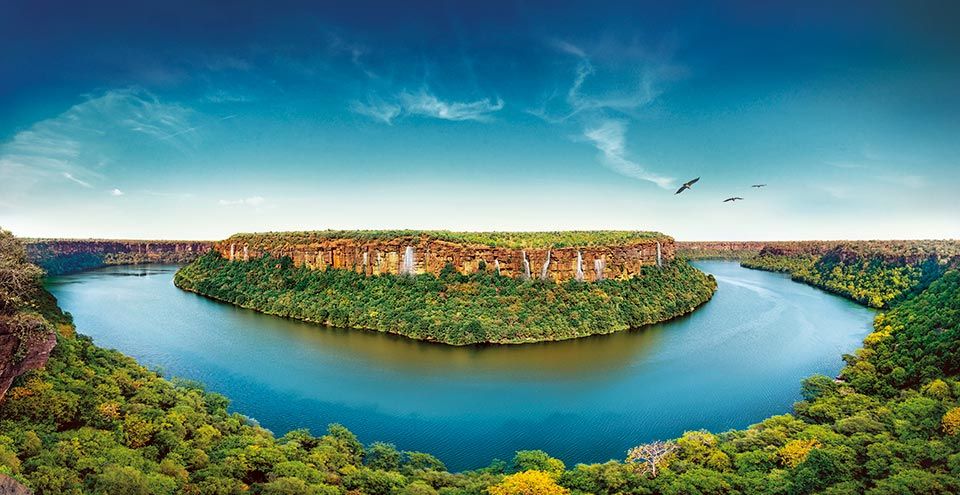 Kota Udaipur Jaipur Tour
Kota Udaipur Jaipur Tour
|
Price On Request | 05 Days / 04 Nights | Call Now |
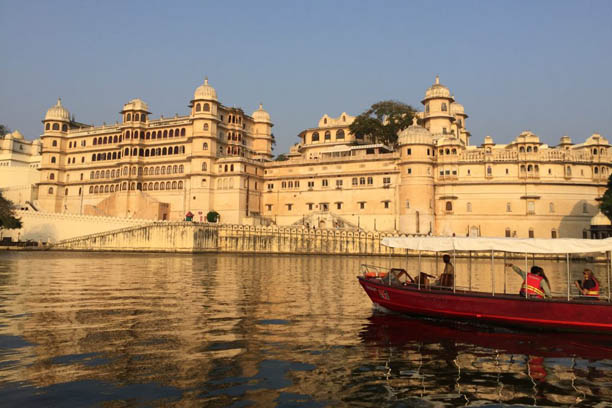 Jaipur jodhpur Jaisalmer Tour
Jaipur jodhpur Jaisalmer Tour |
Price On Request | 05 Days / 04 Nights | Call Now |
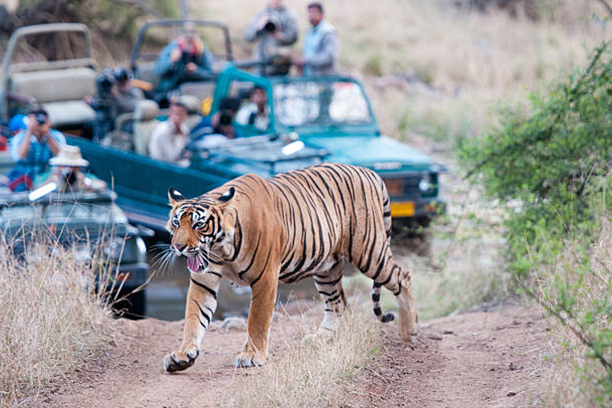 Jaipur Jodhpur Udaipur Tour
Jaipur Jodhpur Udaipur Tour |
Price On Request | 05 Days / 04 Nights | Call Now |
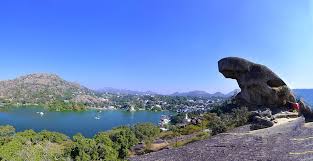 Royal Rajasthan Tour
Royal Rajasthan Tour |
Price On Request | 07 Days / 06 Nights | Call Now |
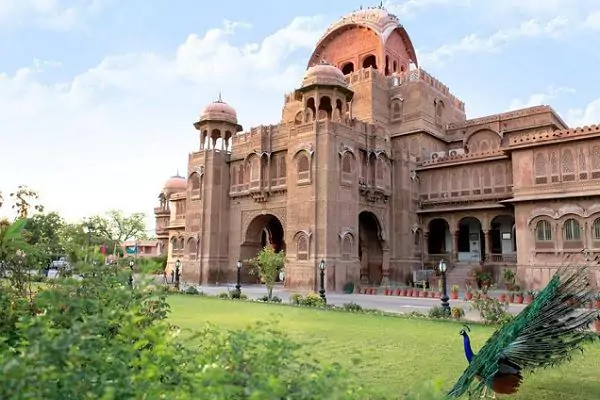 Colorful Rajasthan Tour
Colorful Rajasthan Tour |
Price On Request | 08 Days / 07 Nights | Call Now |
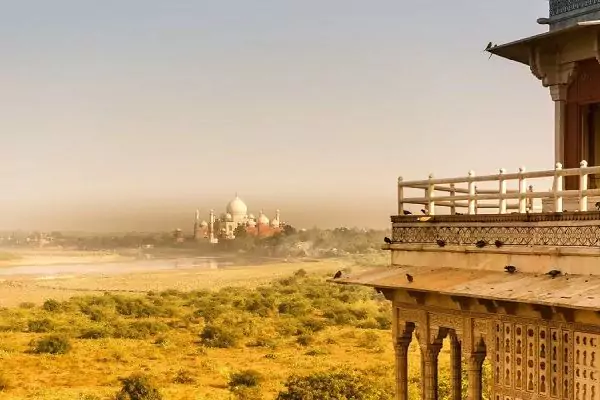 Golden Traingle Tour
Golden Traingle Tour |
Price On Request | 05 Days / 04 Nights | Call Now |
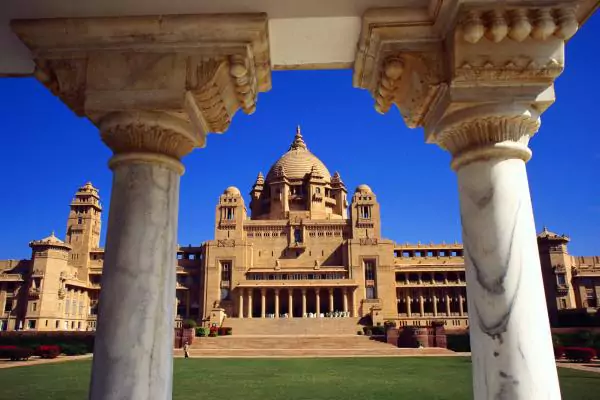 Jodhpur Jaisalmer Tour
Jodhpur Jaisalmer Tour |
Price On Request | 04 Days / 03 Nights | Call Now |
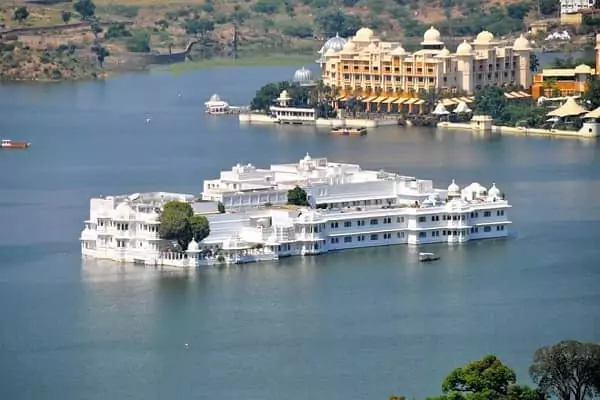 Udaipur Kumbhalgarh Tour
Udaipur Kumbhalgarh Tour |
Price On Request | 03 Days / 02 Nights | Call Now |
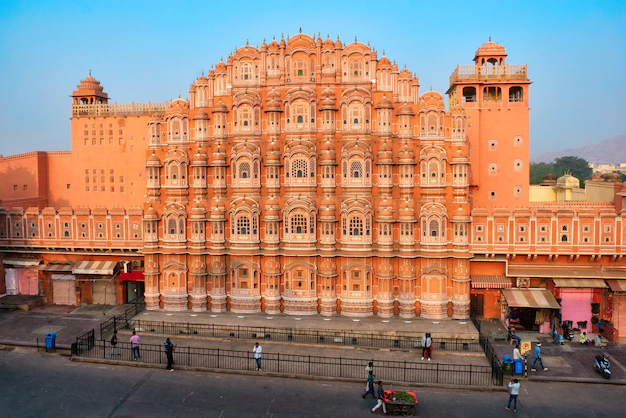 Rajasthan Desert Tour
Rajasthan Desert Tour |
Price On Request | 06 Days / 05 Nights | Call Now |
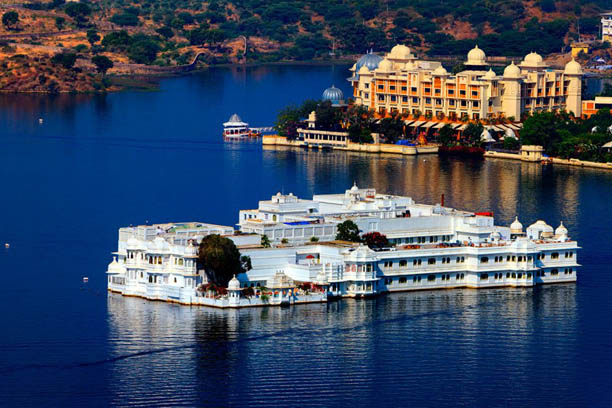 Rajasthan Mewar Tour
Rajasthan Mewar Tour |
Price On Request | 07 Days / 06 Nights | Call Now |
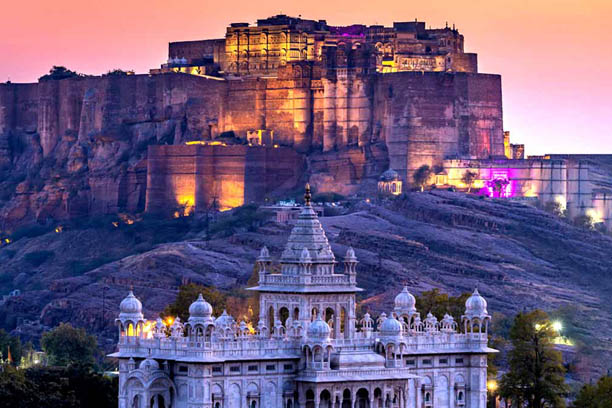 Jaipur Udaipur Tour Jaipur Udaipur Tour |
Price On Request | 04 Days / 03 Nights | Call Now |
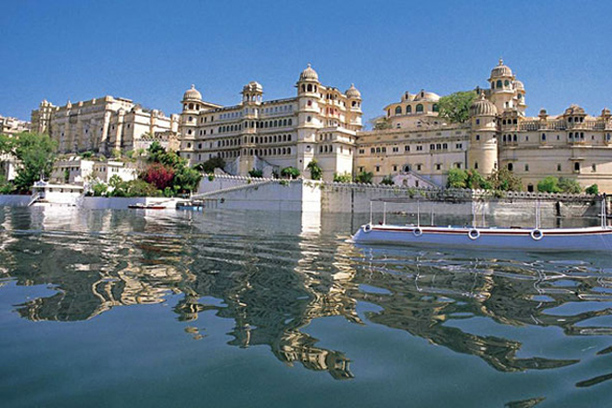 Jaipur Jaisalmer Tour Jaipur Jaisalmer Tour |
Price On Request | 04 Days / 03 Nights | Call Now |
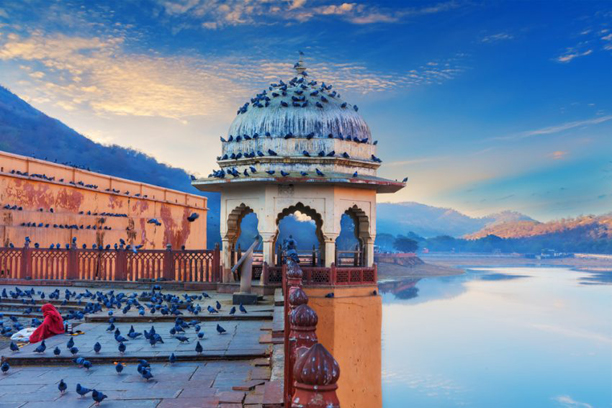 Jaipur Ranthambore Tour Jaipur Ranthambore Tour |
Price On Request | 03 Days / 02 Nights | Call Now |
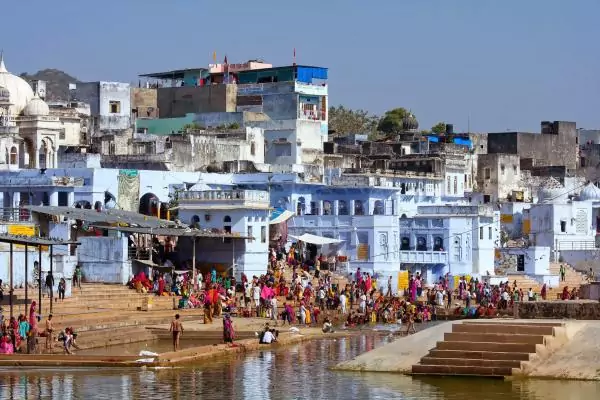 Jaipur Ajmer Pushkar Tour Jaipur Ajmer Pushkar Tour |
Price On Request | 03 Days / 02 Nights | Call Now |
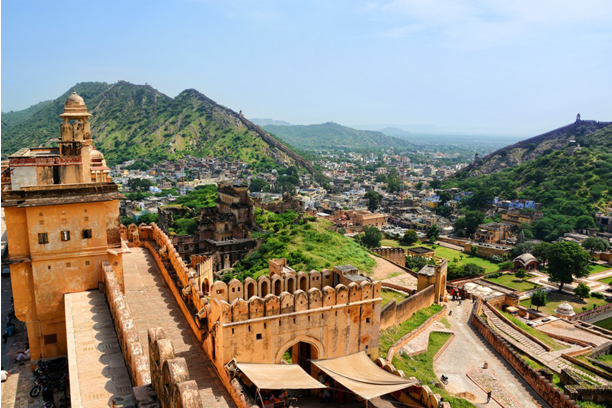 Jaisalmer Tour Package Jaisalmer Tour Package |
Price On Request | 03 Days / 02 Nights | Call Now |
We are just one call away. We provide 24×7 service whatever
be the location and time we are their for you.
Call For Taxi+91 6350167575